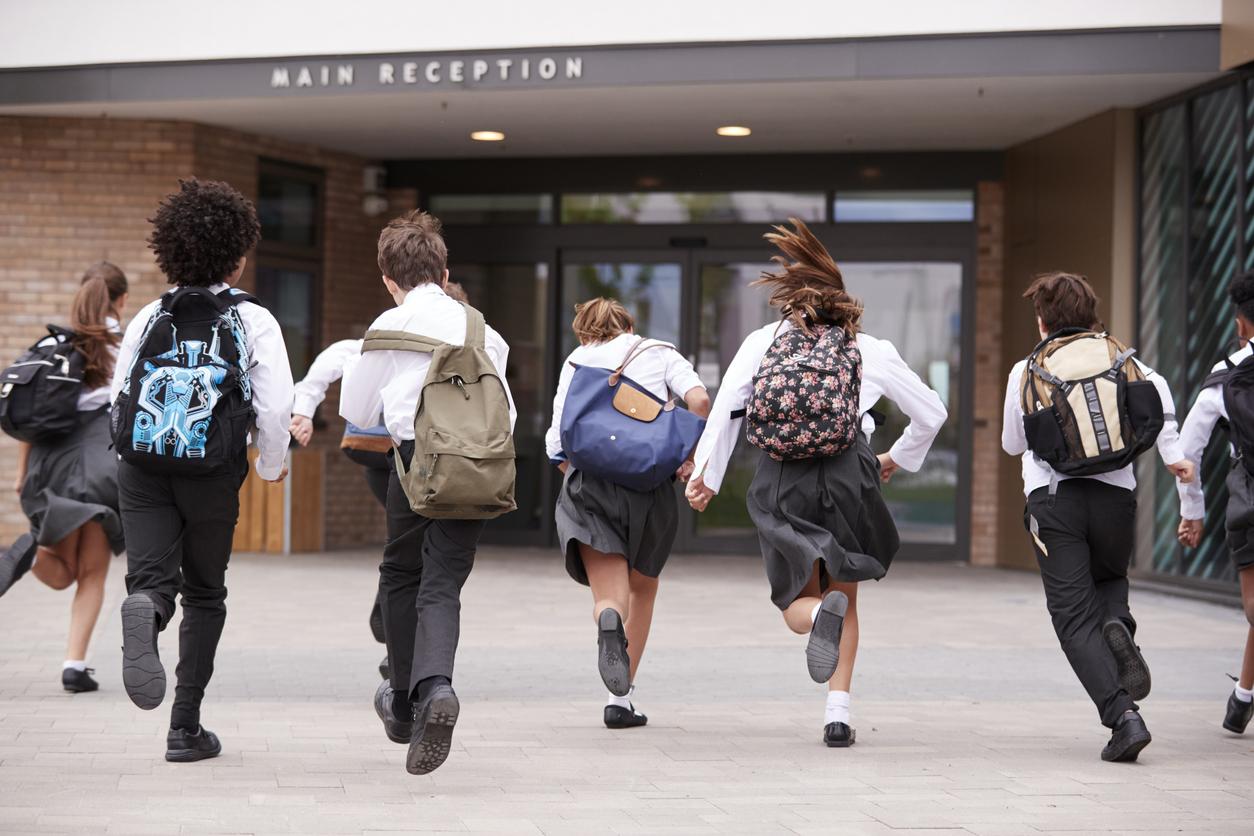A study in The Lancet Infectious Diseases yesterday found low COVID-19 case rates and outbreaks in schools and childcare centers that reopened after lockdown.
The United Kingdom's first national lockdown (Mar 23 to May 31) led to the closure of nurseries, and primary and secondary schools. Most schools at least partially reopened—with infection control measures and smaller class sizes— for the Jun 1 to Jul 17 summer half-term, serving 1.6 million of England's 8.9 million student population.
Researchers used data from HPZone—a national online database for events that require public health management—to estimate the rates of SARS-CoV-2 infection and outbreaks among staff and students in a total of 57,600 schools attended by a median of 928,000 students per day.
Educational settings included 38,000 nursery schools serving students younger than 5 years of age, 15,600 primary schools serving students ages 5 to 11 (only grades 1 and 6 were allowed to return), and 4,000 secondary schools serving students ages 11 to 18 (only grades 10 and 12 were allowed to return).
Only 113 cases, higher rates among teachers, staff
The researchers identified 113 single cases of COVID-19 infection, nine coprimary cases—two confirmed cases within 48 hours of one another, typically within the same household—and 55 outbreaks, defined as two linked cases leading to secondary diagnosed cases within 14 days in the same educational setting.
Outbreaks were strongly correlated with local infection rates, showing a 72% increase in the risk of an outbreak for every five cases per 100,000 population increase in community incidence (95% confidence interval [CI], 28% to 130%; P < 0.0001).
Infection rates were higher in staff than in students (27 cases per 100,000 per day vs. 18, 6, and 6.8 cases for nurseries, primary, and secondary students, respectively). Staff represented 73% of cases linked to outbreaks (154 of 210 total cases) and 47% of outbreaks had probable staff-to-staff transmission. Only five outbreaks showed evidence for student-to-student transmission.
"The strong association with regional COVID-19 incidence emphasises the importance of controlling community transmission to protect educational settings," the study authors wrote. "Interventions should focus on reducing transmission in and among staff."
Study may have underestimated cases, outbreaks
The authors cautioned that outbreaks may have been underestimated because of limited testing availability and a falling national case rate during the study period, and the small number of schools selected for wider testing that may have detected asymptomatic cases. Additionally, strict control measures and class size limits were in place, which may not be possible in fully opened school settings.
Writing in a linked commentary, Stefan Flasche, PhD, and W. John Edmunds, PhD, of the London School of Hygiene & Tropical Medicine noted, "The partial opening of schools in June and July with small bubbles and much fewer children attending, particularly in secondary education, may have led to considerably less within-school transmission than the reopening of schools to all children after the summer."
"Children rarely display obvious symptoms and are likely missed by the largely passive case finding that was in place at the time," Flasche and Edmunds added.
"Teachers are also more likely to develop symptoms than students and are, therefore, more easily identified, which almost certainly contributed to their higher infection rate," said lead researcher Sharif Ismail, MPH, in a Lancet news release yesterday.






















